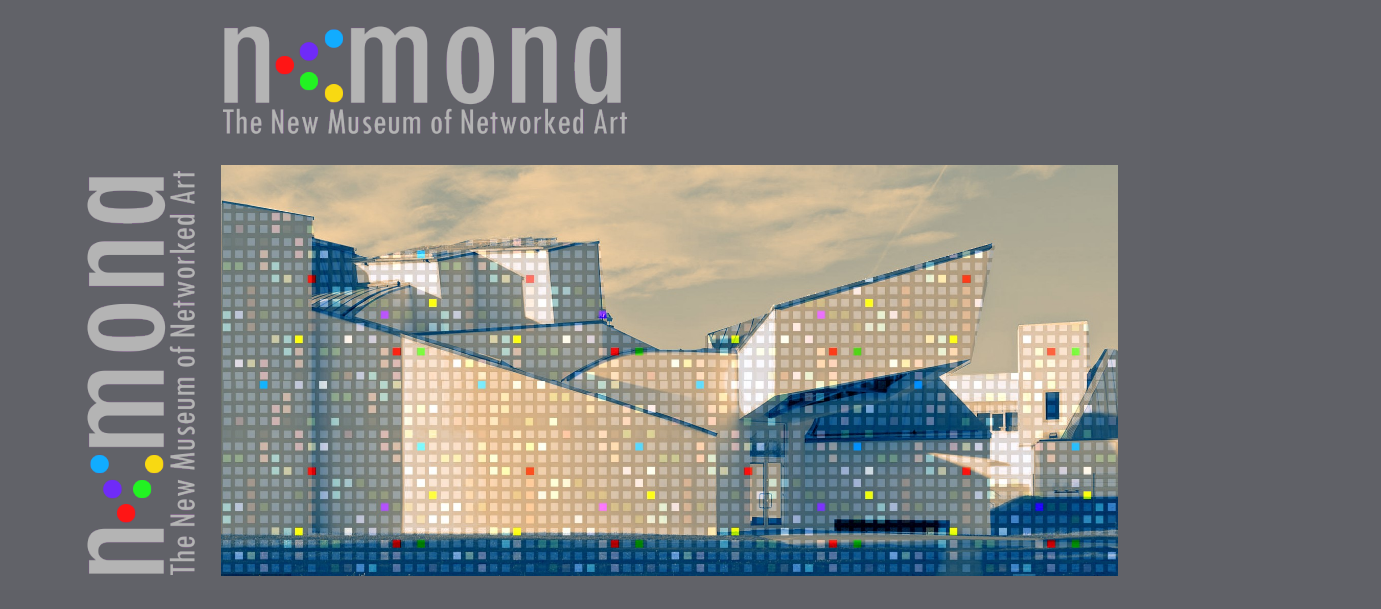Alicia Felberbaum
UK based videomaker
participant in
NewMediaFest’2010 – A Virtual Memorial Foundation
SDC – Shoah Film Collection
.
[flvgallery video=”http://video.newmediaserver.org/2010/01/shoah/felberbaum.flv” title=”view video” thumbnail=”http://video.newmediaserver.org/2010/01/shoah/img/felberbaum.jpg” width=”480″ height=”360″]
.
Video title:
UNDRESSING ROOM
2009, 04:30
I was most interested in replying to VideoChannel call for proposals to reflect on the topic of SHOAH, and by doing so I was presented with the paradox inherent in any attempt to represent this particular subject. On the one hand its been argued that the Holocaust is fundamentally unrepresentable. On the other hand, as an artist I wanted to explore and try to respond to the question: “How an event that defies representation can be remembered to ensuring that such atrocities are never repeated?”
About “undressing room”
People arriving to the camps were told to undress in preparation for showering. They left their personal effects and queue in the undressing room before entering the rooms with signs saying “baths” and “sauna”. Its furnishings were meant to simulate a shower room. To avoid panic, they were given a small piece of soap and a towel and were told to remember where they had put their belongings. The shower room was a large room with rows of exposed water pipes and sprinkler-type showerheads on the ceiling. The water was hot, the pellets had to be heated before they release the poison; the heat of the bodies caused the gas to work faster.
In “undressing room” I’ve used a combination of animated stills and documentary open source archive material from the camps filmed in the immediate aftermath of World War II. I’ve chosen this form of representation, (in between animation and documentary), to approach the paradox, and to ascribe meaning to that which explodes the structure of meaning itself. Working in between layers of reality, I strived for a more nuanced and/or poetic demonstration of the events, experience and identity, to build into the work associations connected with the subject. The ambiguous nature of the work is an attempt for the audience to bring its own interpretation and experience to it.
